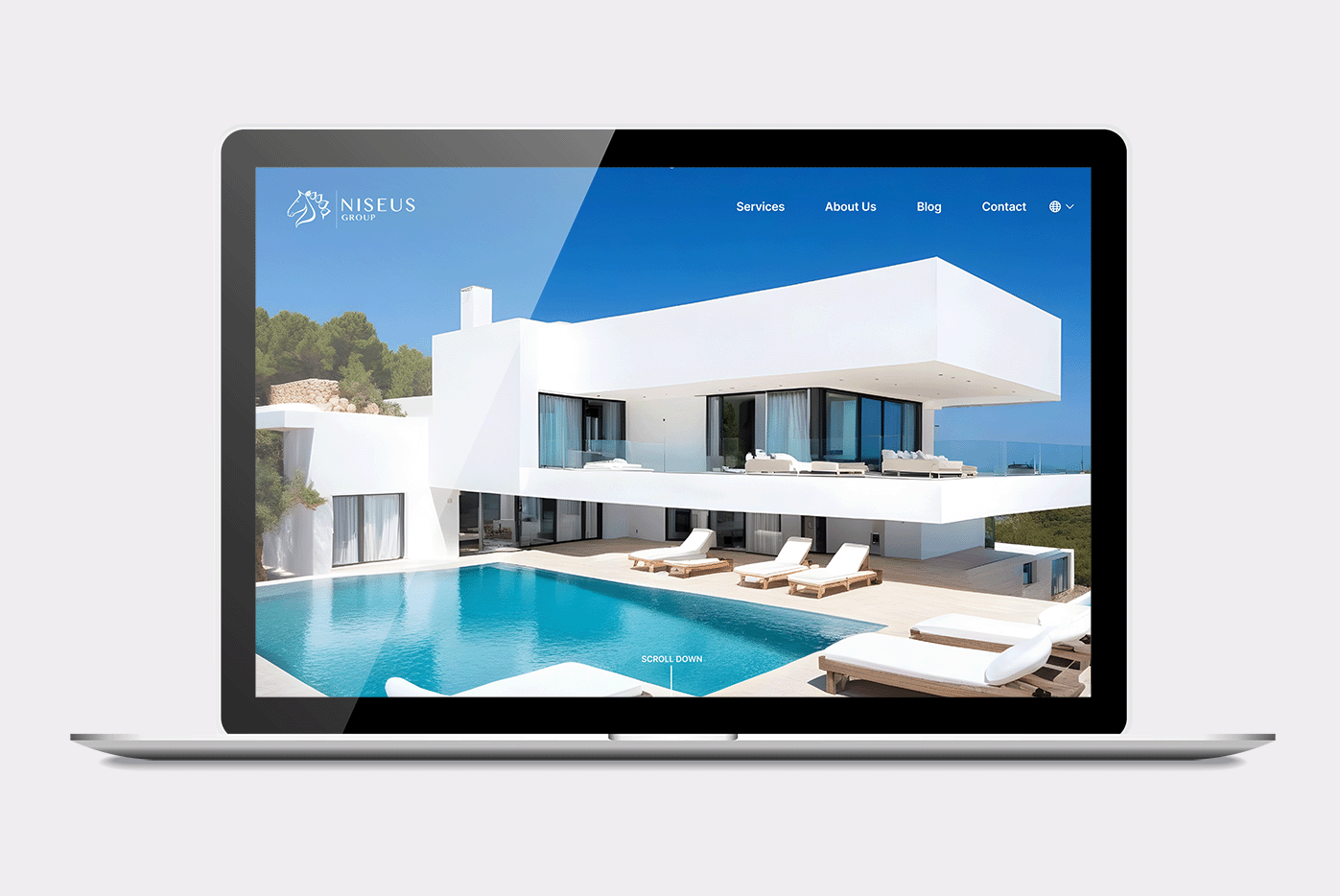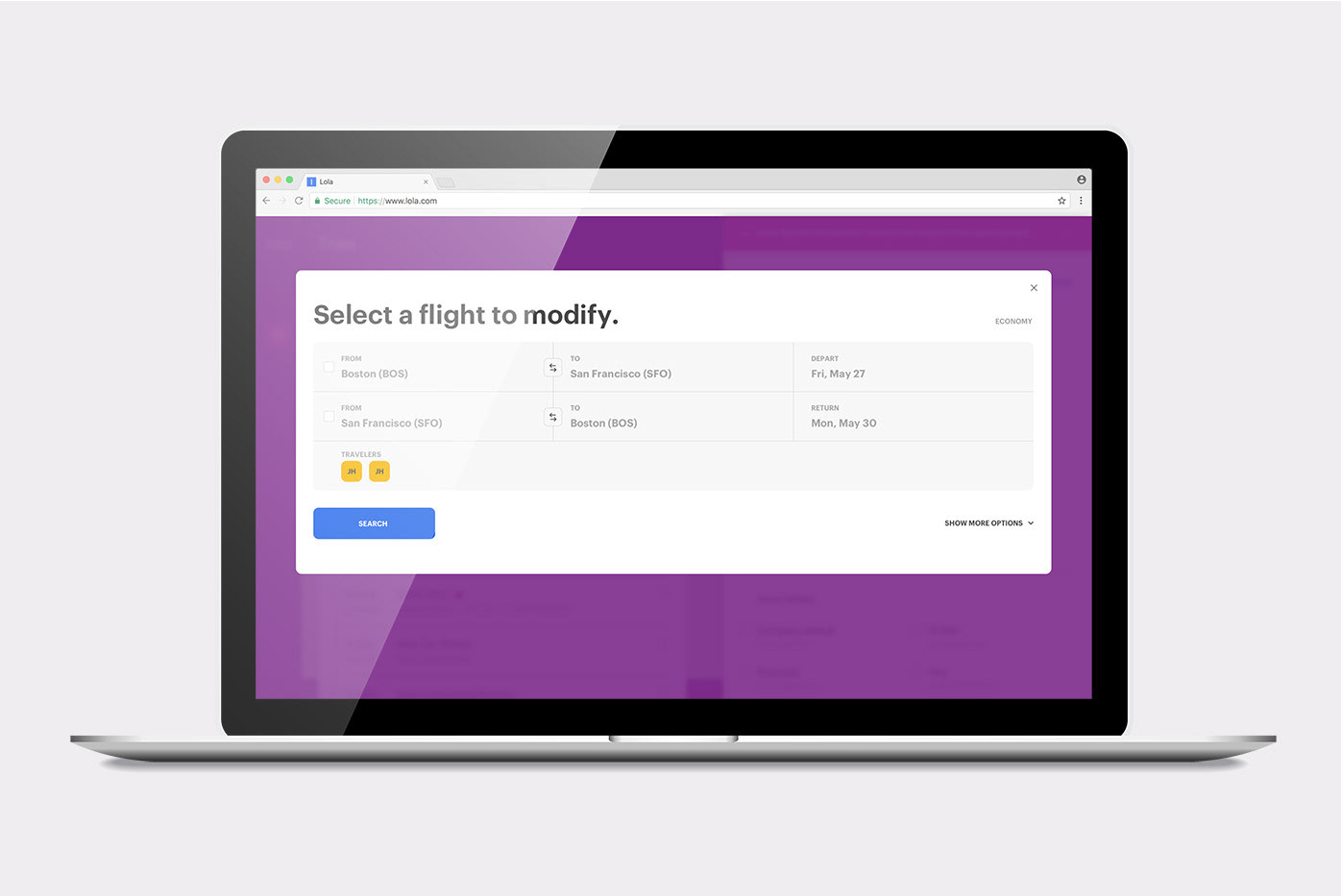cart editing feature
In-app editing feature for TripAdvisor's attractions shopping cart, allowing users to modify their selections directly within the shopping cart.
Client: TripAdvisor
Role: UX/UI Designer
Duration: September – December 2017
To comply with my non-disclosure agreement, I’ve omitted confidential information. The data featured here is my own and does not reflect TripAdvisor’s views.
context
TripAdvisor’s attractions shopping cart plays a pivotal role in the user journey, enabling travelers to plan and book experiences with ease. However, it lacked the ability for users to edit selections — such as changing dates or group sizes — directly in the cart. This created friction that led to user frustration, increased cart abandonment, and lost revenue.
With user behavior shifting toward more spontaneous and last-minute changes, especially on mobile, it was essential to offer a flexible and intuitive way to modify attraction details post-selection. Our goal was to improve user satisfaction, increase purchase completion, and reduce cart abandonment across platforms.
My role
As the lead UX/UI designer, I owned the design process from start to finish. This involved deep user research to uncover pain points, designing wireframes and prototypes, and working closely with product managers, engineers, and the research team. My focus was to ensure that the design was both user-centric and technically feasible. My leadership ensured the collaboration between teams was seamless, resulting in a user experience that not only solved problems but also delighted users.
problem space
Users could not make simple changes — like adjusting dates or group sizes — within their shopping cart. To modify an attraction, they had to remove it entirely and re-add it, restarting the process. This cumbersome workflow created frustration and unnecessary steps, especially for users booking close to their travel dates or making updates mid-trip.
The lack of in-cart editing directly contributed to high abandonment rates. We set a clear objective: implement a cart editing feature that would increase attraction purchases by 10% and decrease cart abandonment by 7%, while delivering a consistent experience on both desktop and mobile.
Pain points:
• Lack of ability to edit attraction details directly within the shopping cart.
• Users had to remove and re-add items to make simple changes.
• Common adjustments like date changes, group size (PAX-mix), and tour grade selections were unnecessarily complex.
• The process was time-consuming and disrupted the booking flow.
• Lack of flexibility led to user frustration and increased cart abandonment rates.
Approach
My approach focused on deep user research, rapid prototyping, and constant collaboration with cross-functional teams, including product, engineering, and research. I aimed to create a feature that was intuitive, mobile-friendly, and scalable across other TripAdvisor verticals.
Research & User Insights
Through research, we discovered valuable insights into when and why users abandoned their shopping carts. Many users added attractions to their cart but didn’t complete their purchases until much later — some returning just days before their trip or even during the trip itself to make last-minute adjustments. These insights shaped our design direction and highlighted a growing need for flexibility in the booking flow.
Our research uncovered key behavioral trends:
• 40% of users made edits within a week or days before their trip.
• 30% of users adjusted plans during their trip.
• 30% of users sought the ability to make last-minute changes.
Personas
To humanize user needs and guide decision-making, we developed three personas:
Emily (Vacation Planner):
Plans trips meticulously and uses cart editing to refine her itinerary.
Plans trips meticulously and uses cart editing to refine her itinerary.
Jose (Family Traveler):
Prioritizes flexibility when traveling with kids and relies on editing features to accommodate changes.
Prioritizes flexibility when traveling with kids and relies on editing features to accommodate changes.
Sarah (Spontaneous Traveler):
Books on the go and needs to modify attractions easily, often during her travels.
Books on the go and needs to modify attractions easily, often during her travels.
solution
The goal was to design a feature that was intuitive, seamless, and easy to use across platforms. We focused on testing wireframes extensively to validate our approach before refining it into high-fidelity prototypes. This allowed us to ensure we were heading in the right direction with user flows and overall experience.
Design Strategy
Our design strategy focused on creating a simple, accessible, and user-friendly editing experience. We prioritized user-dependent flows — such as modifying attraction dates, adjusting the PAX-mix (group size), or changing tour grades — while ensuring these actions were seamless on both desktop and mobile. We also introduced two new cart enhancements.
Newly proposed features:
• Save for Later: Let users temporarily remove items and revisit them later.
• Edit: Allowed direct in-cart modifications to attraction details.
Flow definition
We categorized user flows into two groups: non-user dependent and user-dependent. Our focus was on the user-dependent flows, which included edits that could be made based on user preferences, such as changing dates, adjusting the PAX-mix (group size), or modifying the tour grade.
User flows were structured as:
• Non-user-dependent: Cart interactions like checkout and payment.
• User-dependent: Editable elements like dates, group sizes, and tour grades.
Wireframes & testing
Our first wireframes featured a tabbed interface to toggle between date and PAX-mix. However, usability testing revealed this caused friction — users struggled when attractions were unavailable or dates were missing. Based on feedback, we simplified the flow by eliminating tabs and using dynamic selectors instead.
outcome
Prototype testing validated our changes and confirmed that the editing feature met user expectations across multiple use cases. I created responsive high-fidelity prototypes for all platforms, desktop and mobile, as well as for native app.
Desktop
Modal-based editing, with easy access to date pickers and group size controls.
Mobile
Optimized layout and interaction design for smaller screens, maintaining intuitive flow across devices.
Reflections & Growth
This project was a valuable exercise in user-centered design, iteration, and cross-team collaboration. By embracing user feedback and maintaining an agile, collaborative process, we delivered a feature that truly met user needs and drove business impact. This experience further strengthened my belief in thoughtful iteration, strategic research, and designing solutions that scale across platforms and user segments.
The Cart Edit feature delivered strong results:
• Cart abandonment decreased significantly.
• Attraction purchase conversions increased by 12%, surpassing our goal by 2%.
• The editing functionality was eventually expanded to other business segments, including hotels — validating its success and scalability.
Several key principles:
• Clarity in scoping and identifying the highest-impact pain points.
• Flexibility in direction, as early design ideas didn’t hold up during testing.
• Tight collaboration across teams ensured we moved quickly and stayed aligned on goals.
• Designing for scalability opened doors for this feature to be reused across the broader TripAdvisor ecosystem.

